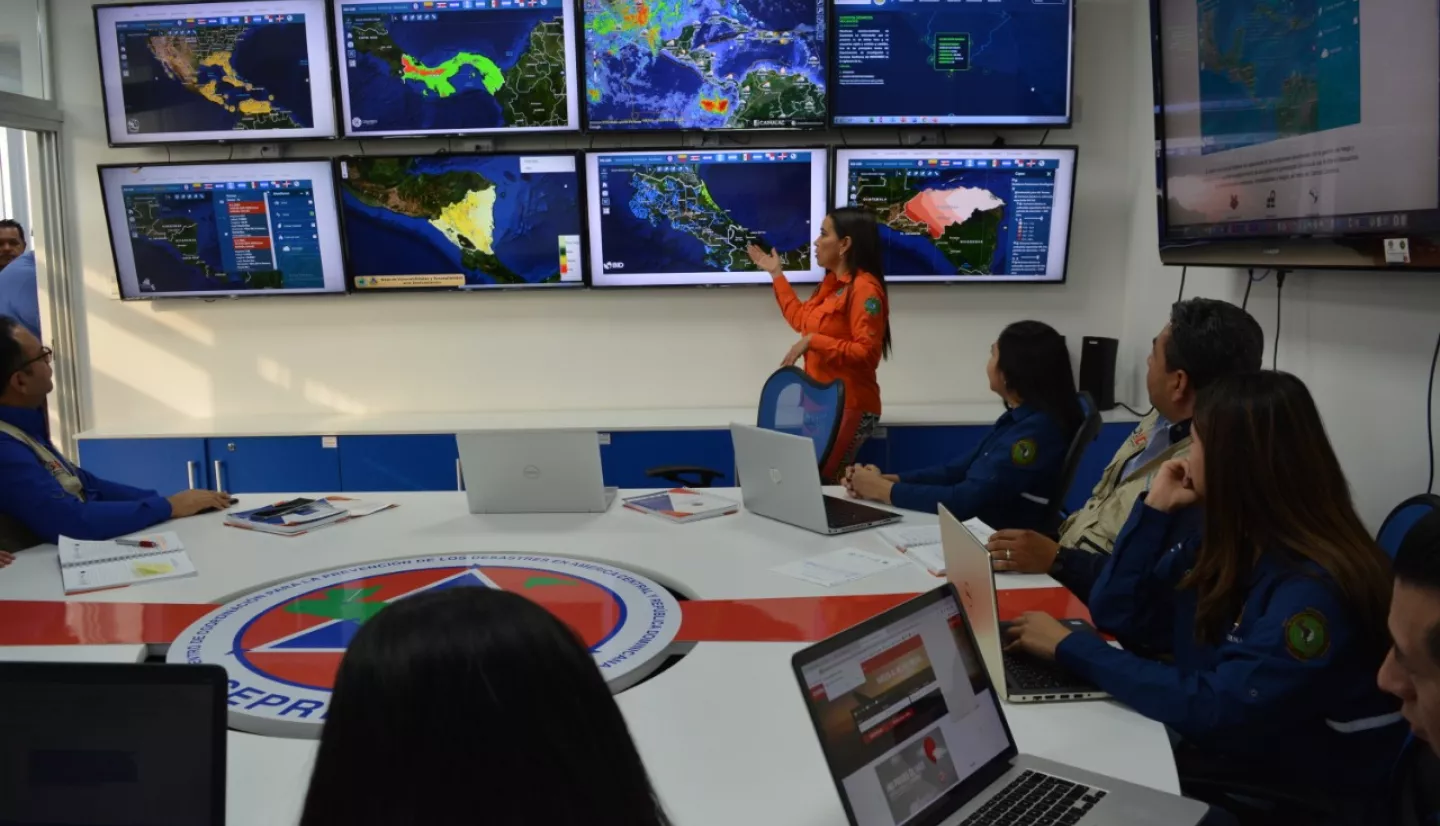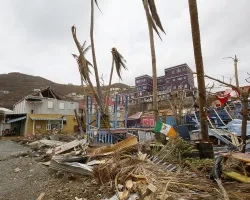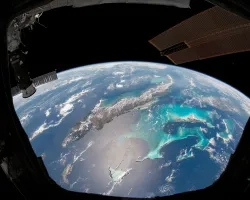NASA's Disaster Response Coordination System is a new approach to supporting disaster response organizations around the world with NASA science, technology, and expertise. As a core element of the Disasters Program within NASA’s Earth Science Division, the Disaster Response Coordination System brings together resources across NASA centers to provide trusted, timely, and actionable science to aid decision-makers during active disasters.
NASA announced the system during an event hosted at its headquarters in Washington, DC, Thursday, June 13. Senator Bill Nelson, NASA’s Administrator, kicked off the event with remarks that reflected on key examples of how NASA data has supported response for past disasters, and how the new system is critical to NASA’s mission to benefit humankind with Earth observation data.
Nelson was followed by Karen St. Germain, director of NASA’s Earth Science Division, and Clayton Turner, director of NASA’s Langley Research Center, who explored NASA’s unique capabilities to support disaster response with its global view and cutting-edge science and technology. Shanna McClain, manager of NASA’s Disasters Program, and Joshua Barnes, manager of the new Disaster Response Coordination System, then dove into the details of the new system and how it works to gather the best available science and data from across NASA centers to aid decision-makers worldwide in reducing impacts to lives and livelihoods.
Live-steam of the launch event on the NASA TV Youtube channel. Credits: NASA
An interagency roundtable discussion followed, moderated by McClain. The discussion brought together senior leaders from NASA and key Disasters Program partner agencies, including Pam Melroy, NASA’s Deputy Administrator, Jainey Bavishi, deputy administrator of the National Oceanic and Atmospheric Administration, Michael Grimm, associate director of the Natural Hazards Mission Area for the U.S. Geological Survey, Dianna Darsney de Salcedo, deputy assistant to the administrator for USAID’s Bureau for Humanitarian Assistance, Erik Hooks, deputy administrator of the Federal Emergency Management Agency, and Judith Mitrani-Reiser, senior research scientist at the National Institute of Standards and Technology. Together the panelists discussed ways to cultivate a shared understanding of the disaster response community's needs, and how NASA's new system can help support of these needs.
Nikki Fox, associate administrator for NASA’s Science Mission Directorate, capped the event with closing remarks that emphasized the value of this new system as disasters become more frequent and intense in a changing climate.
Attendees of the Disaster Response Coordination System launch event included Disasters Program stakeholders in the emergency management and disaster response community, as well as NASA researchers and staff.
NASA’s Disasters Program advances science for disaster resilience and develops accessible resources to help communities around the world make informed decisions for disaster planning. Over the past decade, the Program has supported response for hundreds of disasters, from hurricanes and earthquakes to tsunamis and oil spills. With the resources and structured approach enabled by this new Disaster Response Coordination System, NASA can now be even more effective in putting Earth science into action to aid disaster response and reduce impacts to lives and livelihoods.
Read more about the Disaster Response Coordination System launch announcement: NASA Announces New System to Aid Disaster Response
Organizations wishing to learn more about NASA’s Disaster Response Coordination System can visit its official website, and can reach out to the team at drcs@nasa.gov.
Sign up for the NASA Disasters Community Newsletter to get the latest Disasters Program news and resources in your inbox.







